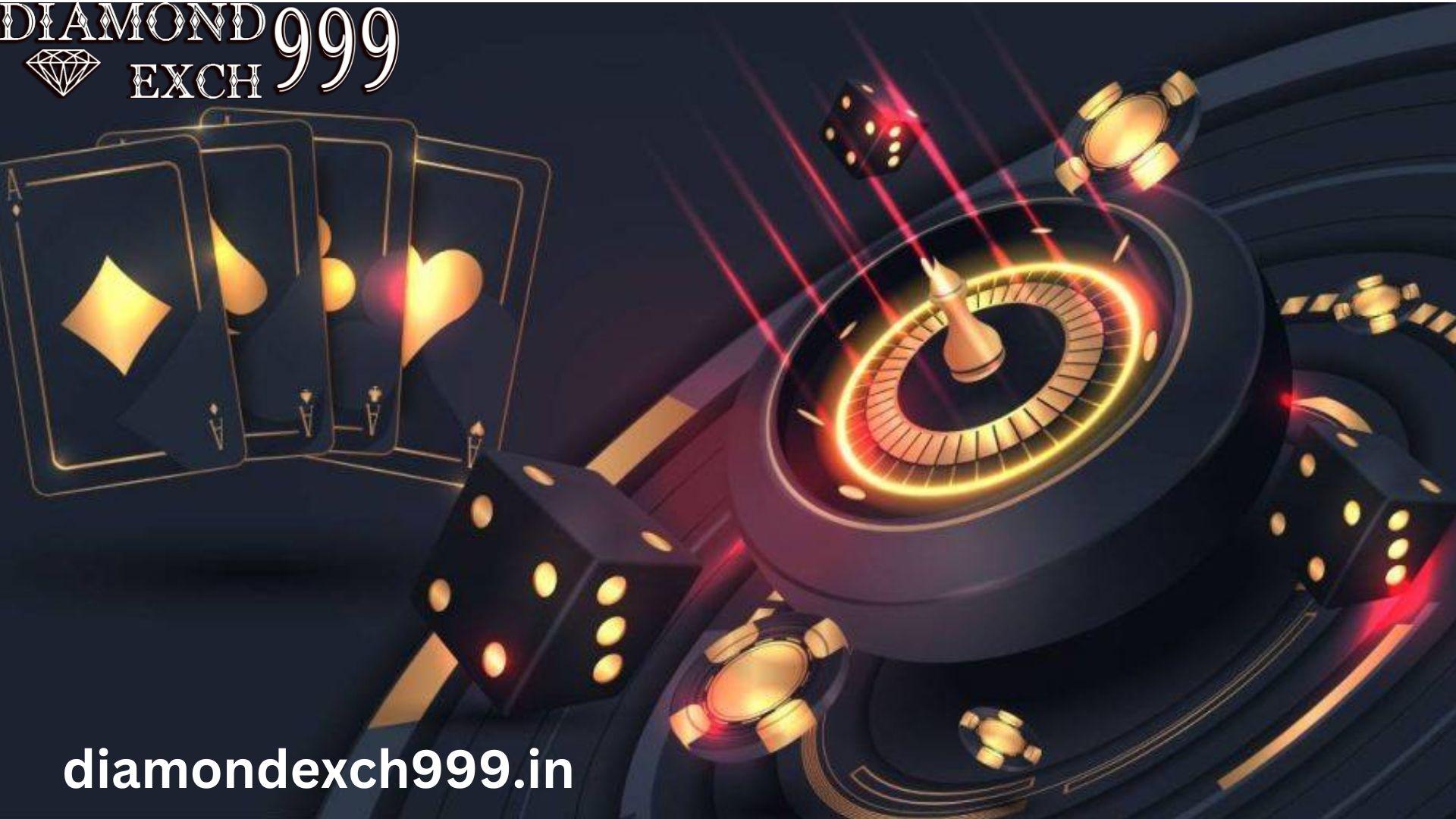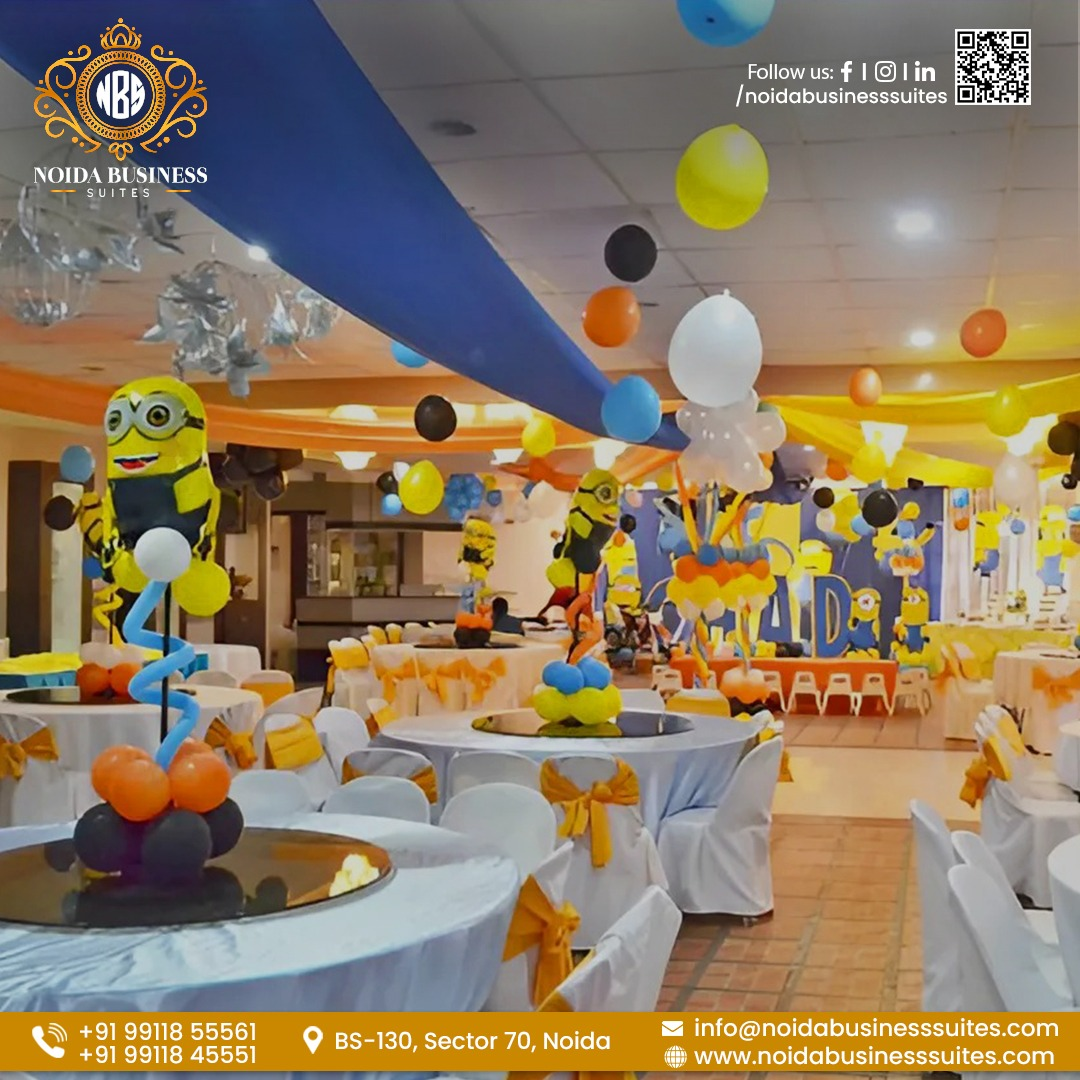Patrocinados
Eco-Friendly Waterproof Battery Uplights: Are They Worth the Hype?
As sustainability becomes a global priority, the lighting industry has responded with eco-conscious innovations—including eco-friendly waterproof battery uplights. These devices promise reduced environmental impact, energy efficiency, and versatile performance, especially in outdoor and event-based applications. But with the rise in marketing buzz, the key question is: Are these eco-friendly waterproof battery uplights truly worth the hype?
This comprehensive note explores:
-
What defines an eco-friendly battery uplight
-
The materials and technologies used
-
How waterproofing integrates with sustainable design
-
Advantages and trade-offs
-
Environmental certifications and lifecycle analysis
-
Market trends, use cases, and consumer perspectives
-
Final verdict: are they a smart, sustainable choice?
1. What Makes a Uplight “Eco-Friendly”?
To qualify as eco-friendly, a battery-powered waterproof uplight must meet criteria across its design, usage, and end-of-life stages, such as:
| Area | Eco-Friendly Attributes |
|---|---|
| Materials | Recycled plastics, aluminum, non-toxic coatings |
| Energy efficiency | LED-based, low-wattage with high lumens-per-watt ratio |
| Battery sustainability | Rechargeable lithium-ion or LiFePO₄ with long life cycles |
| Solar compatibility | Integrated or attachable solar panels |
| Waterproof durability | Long-lasting sealed enclosures to reduce replacements |
| Disposal/recycling | Components that are recyclable or biodegradable |
Eco-conscious design reduces energy consumption, minimizes waste, and extends product lifespans—central themes in sustainable lighting.
2. Integration of Waterproofing with Eco Design
Waterproofing is vital in outdoor uplighting, but it must coexist with sustainability. Here's how:
A. Sealed, Long-Life Enclosures
Waterproof designs (e.g., IP65 to IP68) protect internal components, reducing premature failure and landfill contributions.
B. Corrosion-Resistant and Recyclable Materials
Using stainless steel or anodized aluminum not only fights corrosion but also ensures that parts can be recycled.
C. Solar Panels with Waterproof Housings
Some models integrate solar charging with waterproof photovoltaic covers—ideal for eco-conscious installations in remote or off-grid locations.
D. Waterproof Battery Compartments
Sealed battery chambers ensure safety and efficiency without leaks or contamination.
Waterproofing enhances durability, which supports sustainability by extending the lifecycle of the product and minimizing environmental impact.
3. Benefits of Eco-Friendly Waterproof Battery Uplights
A. Energy Efficiency
LEDs use 75–80% less energy than traditional bulbs. Combined with batteries and/or solar panels, they drastically lower emissions.
B. Off-Grid and Solar Capabilities
Battery-powered uplights can run in remote areas with zero grid energy, reducing reliance on fossil fuels.
C. Low Maintenance and Longevity
Durable waterproof enclosures mean fewer replacements, reducing material waste and carbon footprint from shipping and manufacturing.
D. Cleaner Events and Installations
For festivals, pop-ups, and weddings, these lights avoid noisy, polluting generators or long cable runs, improving both aesthetics and environmental impact.
E. Lower Total Cost of Ownership
Although upfront prices may be higher, eco-friendly models often last longer and incur lower running costs due to reduced power use and maintenance.
4. Types of Eco-Friendly Battery Uplights
| Type | Features |
|---|---|
| Standard Rechargeable LED | Basic eco-lighting with sealed batteries and LED efficiency |
| Solar Battery Uplights | Charge via solar panel; perfect for pathways, signage, or remote gardens |
| Smart-Control Uplights | Bluetooth/IoT controls for dimming and scheduling (energy optimization) |
| Biodegradable Shell Uplights | Use compostable or recyclable materials in casing (limited availability) |
Each type offers trade-offs in brightness, price, and eco performance—but all reduce environmental burden compared to conventional floodlights or halogen uplights.
5. Key Components and Their Eco Value
A. LED Light Engines
-
50,000+ hour lifespans
-
Minimal heat production
-
Contain no hazardous mercury (unlike CFLs)
B. Lithium-Based Batteries
-
Rechargeable, reducing disposable waste
-
LiFePO₄ (Lithium Iron Phosphate) batteries offer >2000 charge cycles
-
Stable chemistry, less prone to overheating
C. Waterproof Enclosures
-
Built to last 5–10 years with no degradation
-
Resistance to UV rays and extreme temperatures
-
Often made from recyclable plastics or powder-coated aluminum
These features ensure both eco performance and technical resilience in outdoor environments.
6. Waterproof and Eco Certifications to Look For
| Certification | Meaning |
|---|---|
| IP65/IP67/IP68 | Degree of waterproofing for outdoor use |
| Energy Star | Proven energy efficiency in electronics |
| RoHS (EU) | No hazardous materials used in electronics manufacturing |
| Green Seal or UL ECOLOGO | Environmental responsibility in manufacturing and disposal |
| Recyclable symbol | Product or packaging can be sustainably discarded or reused |
Manufacturers who seek these certifications show a genuine commitment to green practices—not just marketing.
7. Use Cases for Eco-Friendly Waterproof Battery Uplights
A. Outdoor Events & Weddings
-
Quick, safe deployment without power outlets
-
No cable hazards, less setup time
-
Weatherproof performance regardless of conditions
B. Landscape and Garden Lighting
-
Illuminate trees, sculptures, or walls without trenching or wiring
-
Solar models perfect for energy-conscious property owners
C. Temporary Installations & Pop-Ups
-
Ideal for art shows, cultural events, or seasonal displays
-
Battery life supports multiple days of operation
D. Off-Grid Applications
-
Farms, eco-retreats, or developing regions benefit from solar+battery models
-
Independent lighting without infrastructure costs
These use cases highlight their value beyond aesthetics—they support mobility, green power, and environmental responsibility.
8. Limitations and Trade-Offs
Despite their benefits, eco-friendly waterproof battery uplights also come with some caveats:
| Limitation | Impact |
|---|---|
| Upfront Cost | Often 20–40% more expensive than basic models |
| Battery Replacement | Rechargeables degrade after years—still requires proper recycling |
| Lower Brightness Range | Some models trade lumens for efficiency |
| Weather Limitations (Solar) | Solar panels perform poorly in cloudy or shaded areas |
| Availability | Limited variety in certain global markets or rural regions |
Understanding these trade-offs is key when evaluating value and feasibility.
9. Market Trends and Manufacturer Innovations
Eco-friendly lighting is one of the fastest-growing segments in outdoor and event technology. Key trends include:
-
Integration of solar and LiFePO₄ batteries
-
Use of smart tech to dim lights based on time, motion, or ambient light
-
Manufacturers phasing out halogen for LED-only lines
-
Recyclable packaging and modular product design to reduce waste
Brands like Philips, Chauvet, GIGBAR, and smaller sustainable startups are all investing in this space. Expect smarter, greener, and more affordable waterproof uplights in the near future.
10. Consumer and Designer Perspectives
A. Event Planners
Praise the ease of use, aesthetic flexibility, and clean appearance without visible wires or power cords.
B. Landscape Architects
Appreciate the long-term savings and sustainable storytelling opportunity for clients.
C. Homeowners
Report lower utility bills and less maintenance. Solar variants often perform best in sun-rich regions.
D. Environmental Advocates
Support the shift to renewable, recyclable, and toxin-free lighting solutions.
These positive perspectives align with broader demand for climate-friendly and practical lighting products.
11. Final Verdict: Are They Worth the Hype?
✅ Yes—If Used for the Right Applications
Eco-friendly waterproof battery uplights deliver on most of their promises:
-
High energy efficiency
-
Long life with minimal maintenance
-
Low environmental footprint
-
Safe, clean performance in all weather
They shine in temporary, remote, or aesthetic-heavy applications where mobility and sustainability are key.
However, buyers should weigh:
-
Upfront cost vs. long-term savings
-
Brightness needs vs. efficiency limitations
-
Maintenance and recycling logistics
They may not be necessary for permanent commercial-grade architectural lighting, but for most residential, event, and landscape uses, they are a smart and future-forward investment.
Conclusion
Eco-friendly waterproof battery uplights are more than just a trend—they are a reflection of the lighting industry's evolution toward sustainability, efficiency, and intelligent design. With their blend of aesthetics, practicality, and environmental responsibility, they offer compelling benefits across a variety of use cases.
If you’re designing an outdoor space, planning a sustainable event, or simply looking to reduce your carbon footprint while enhancing your lighting, these uplights are definitely worth the consideration—and often the investment.
Read Related Here:- https://avsyncstudio.wordpress.com/2025/06/26/5-reasons-to-go-cordless-with-event-lighting/
Categorías
Read More
In the ever-increasing global of online gaming and having a bet, one call sticks out prominently in India: Diamondexch9. This main online casino ID provider has come to be synonymous with top-tier gaming reports and exceptional purchaser satisfaction. With a popularity constructed on consideration, reliability, and a seamless gaming environment, Diamondexch 99 has solidified its role as the...

Planning the perfect birthday party involves many details, but perhaps the most important one is choosing the right venue. Noida, with its vibrant and modern landscape, offers a variety of birthday party venues that cater to all tastes and preferences. Whether you're looking for a cozy, intimate gathering or a grand celebration, Noida has it all. From luxurious hotels to stylish banquet halls,...



